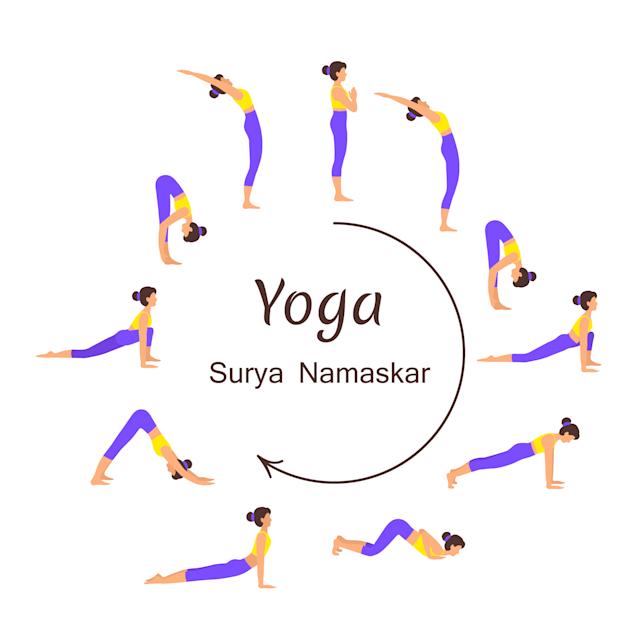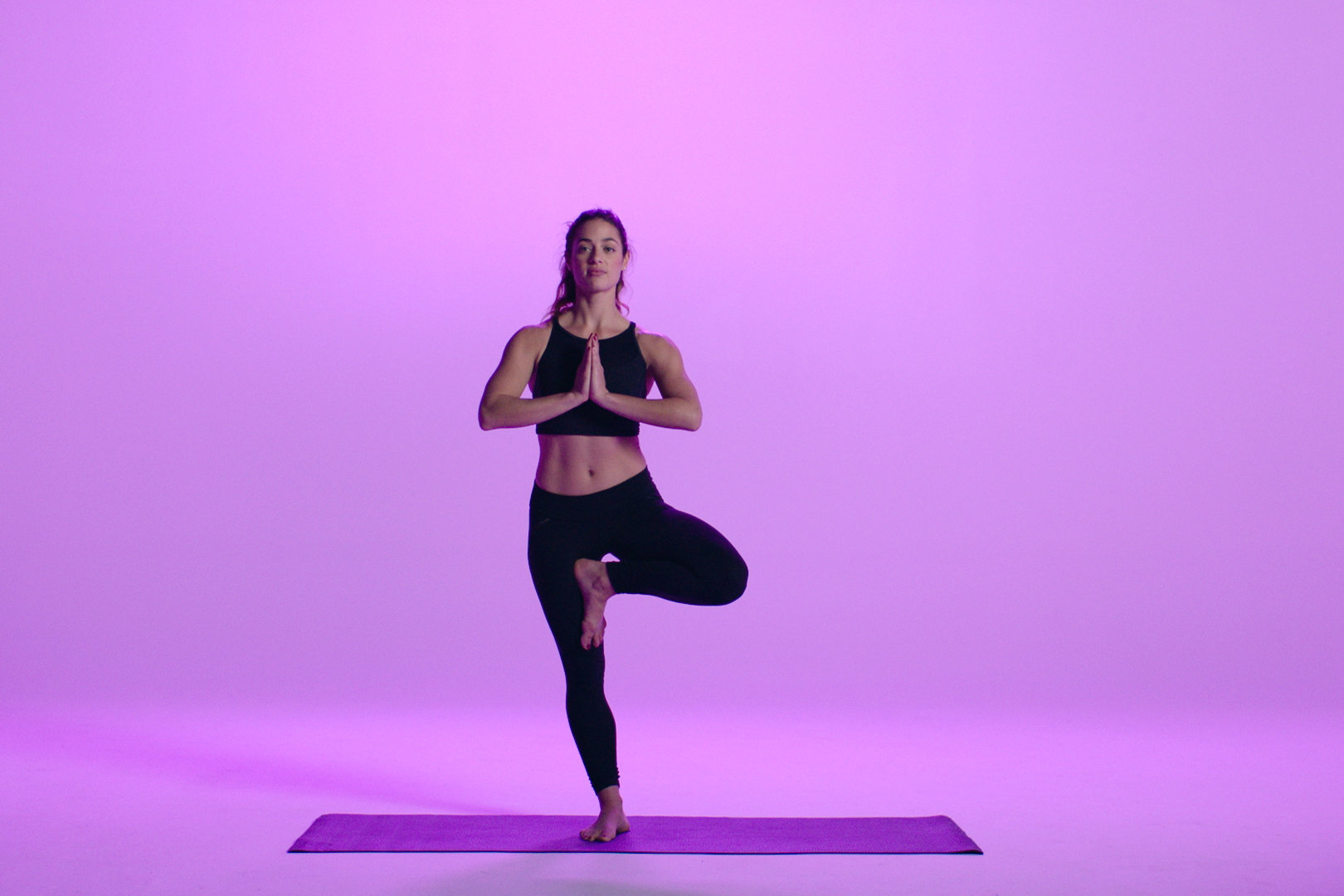
The question of does yoga help lose weight is one that's often asked. A recent study found that yoga can reduce body weight and waist-hip ratios for healthy adults. Although the results may vary, the benefits are worth the effort and cost. The greatest benefit of yoga is its mental, spiritual and physical wellbeing. Apart from weight loss, yoga can improve overall health and mental well-being. This ancient art brings many benefits including stress reduction, improved digestion, and overall health.
It is a favorite choice of celebrities. It is known for its ability to reduce stress. Regular practice of yoga can improve your sleep habits. A regular six-hour sleep cycle is important for a healthy lifestyle. It can also help you lose weight, as it makes you more grounded and optimistic. Yoga can also help you feel more energetic, calm, and focused. The benefits of yoga can be long-lasting, so be prepared to devote several weeks to establishing a consistent practice.

Padangusthaasana is a advanced yoga pose that involves stretching your thighs using your hands. These poses not only strengthen the legs but can also help eliminate fat deposits and treat digestive disorders. However, you should have strong shoulders and be strong. High blood pressure people should avoid this pose. Yoga has numerous benefits. It's one of the few exercises that can help you shed unwanted pounds.
Unlike many other workouts, yoga can improve your mood and help you sleep better. Being stressed can increase your appetite. Yoga can help with emotional eating, and it can also keep your mind calm. Yoga can help to lose weight faster when it is combined with regular exercise. So, does yoga help lose weight? This article will tell you! Don't wait! Get it started today!
Yoga offers many other benefits. Yoga not only helps with weight loss, but also improves mental well-being and mental health. Studies have shown that the benefits of yoga are many. Regular practice of yoga can help people improve their self-image as well as reduce stress levels. You can see the results on the scale. It has a profound effect on the mind. The more yoga you do, the more weight you can lose.

There are many benefits to yoga but it's not clear how it can help with weight loss. Yoga can help you curb your emotional eating patterns and improve your physical health. Yoga can help with weight loss and mood improvement. It's important that you find a yoga instructor who adapts poses to your abilities and fitness level, despite the many benefits. This way, you'll be able to practice your yoga routine without any physical limitations.
FAQ
Is it true to say that protein overeating can lead to kidney stones?
Protein helps maintain healthy bones and tissue. Too much protein can cause calcium to be excreted through the urine. This can lead to kidney stones.
It is important to remember that not all people get kidney stones from eating more than 2g protein per kilogram (2.2lbs) of body weight. You don't have to eat a lot of protein to get kidney stones.
By watching how much sodium you consume, kidney stones can be prevented. The kidneys regulate the amount of sodium they consume. Too much sodium results in a higher risk of developing kidney stones.
You may also want to reduce your protein intake in the event of kidney stones. Protein accounts for about half the daily caloric requirement of most adults. A reduction in protein intake will likely result in weight loss.
If you do decide to eat more protein, don't go overboard. Aim for less than 20% of total calories from protein.
What's a good workout plan for 7 days?
A seven day exercise program should include cardiovascular training (running or biking), strength exercises (using freeweights, weight machines) and one flexibility/core workout. Each activity should be done at least once per week. The total time for each session should not exceed 45 minutes.
Cardiovascular Exercises: Running, biking, swimming
Aim to do at least 60 minutes per week of cardio. Try to do 75 minutes per semaine for the best results. Cardio exercises can increase blood flow and stimulate the growth of muscles.
Strength Training
Cardio exercises target your heart and lungs. Strengthening your muscles and bones is the opposite. Strength training helps you burn calories even while resting.
Flexibility and core workouts
You can strengthen your entire body by strengthening flexibility and core exercises. Both yoga or Pilates are great options.
What does butter do to men?
Butter is a great source of saturated fats. This fat is good for hair and skin health, as well as stronger bones.
Vitamin K is also found in butter, which helps prevent bleeding from cuts or bruises. Vitamin K works with vitamin A to prevent bleeding.
Butter is rich in minerals such as calcium, potassium, and phosphorous. These elements help to build stronger bones and teeth.
However, butter has some drawbacks. Butter contains high levels of cholesterol. Studies show that too much cholesterol can increase your risk of developing heart disease.
Butter also contains high amounts of saturated fat, which contributes to obesity and increases cholesterol.
However, if you must have butter, try spreading it on bread rather than dipping it into soup or salad. Bread absorbs oil more than pasta or potatoes.
Statistics
- Get free shipping and 25% off today. (healthline.com)
- An estimated calorie range for moderately active adult males falls between 2,200 to 2,800 calories per day, depending on age. (eatright.org)
- The PRS enabled risk stratification for overall prostate cancer and lethal disease with a four-fold difference between men in the highest and lowest quartiles (HR, 4.32; 95% confidence interval [CI], 3.16-5.89). (pubmed.ncbi.nlm.nih.gov)
- According to the American Academy of Dermatology (AAD), men over 50 are at a heightened risk of developing it. (healthline.com)
- 10 pounds in a month is likely during a lean bulking phase, especially for beginners. (muscleandstrength.com)
External Links
How To
How does a man become fit in just 30 days?
Breaking down your fitness goals into smaller, more manageable steps is the best way for you to reach your fitness goals.
It is important to work towards your goal every day. This could mean anything from doing 10 pushups for 5 minutes to running 3km.
This will ensure that you see positive results if you practice it consistently over time.
Consistency is the key here. Keep at it until success!
What is the difference between Aerobic Fitness and Anaerobic Fitness?
Anaerobic fitness refers to the ability of our bodies to perform intense physical work without oxygen. Anaerobic pathways provide sufficient energy for high-intensity exercise. Anaerobic pathways include glycolysis and creatine phosphate.
In contrast, aerobic fitness refers to sustaining continuous low-intensity exercise. The primary source of energy for aerobic exercise is oxygen. In other terms, the aerobic pathway has more energy that the anaerobic.
You must build your aerobic capacity before you can run a marathon. If you concentrate on building your anaerobic capability, you won’t be able complete the race.
Aerobic fitness is also known as cardiovascular fitness. The two most commonly used methods of measuring cardiovascular fitness, are VO2 Max testing and step tests.
Test VO2 Max
VO2 max is the maximal amount of oxygen (O2) that the body uses during exercise. This test measures the amount of O2 the body can utilize while exercising.
This is the best test to assess cardiovascular fitness. It requires expensive equipment and highly-trained professionals to administer.
Step Tests
Step tests are simple yet effective methods of measuring cardiovascular fitness. Based on your age and weight, they involve running or walking on a track or treadmill for a specified time.
These tests cost little, are quick and simple to do, and can be carried out almost anywhere. You could, for instance, run on a treadmill for two minutes, rest for one minute, and then go back to the starting point for 20 minutes. Throughout the entire session, your heartbeat should stay within a set range.
This protocol is called the "Bruce Protocol". Bruce was himself a runner and developed the protocol after realizing his heart rate wouldn't increase when he ran for longer distances.